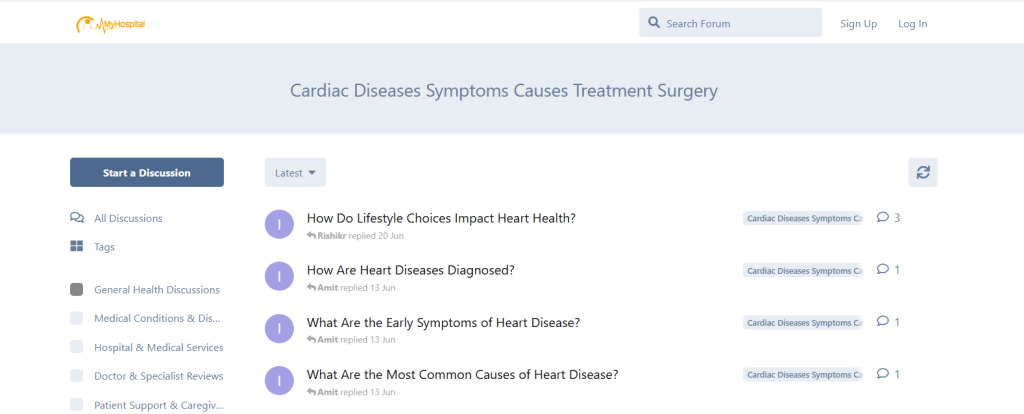
Forget the debate over primary hip and knee replacements; that’s yesterday’s news. The real crisis looming in global orthopedics is the staggering projection that revision total knee arthroplasty (rTKA) is set to skyrocket by up to 182% by 2030.
This is not just a statistical footnote—it’s a $6 billion burden and a threat to patient quality of life. Revision surgery is longer, riskier, and far more complex than the initial procedure. The key takeaway for every professional and enthusiast is this: The current model of joint replacement is failing to keep up with longevity.
You are not just looking for a successful surgery today; you are vetting a procedure that will prevent a catastrophic, costly second surgery in ten years. This tutorial shows you exactly how to do it.
The Critical Diagnosis: Knowing When the Pain Means War
Before seeking a global surgical destination, you need an expert-level understanding of the enemy: the hip and knee diseases outlined in your forum Orthopedic Hip & Knee Diseases: Symptoms, Causes, Treatment & Surgery.
| Disease | The Urgent Sign to Watch For | The Ultimate Treatment Goal |
| Osteoarthritis (OA) | Pain that wakes you up at night and stiffness after 30 minutes of rest. | Precision joint resurfacing and replacement. |
| Rheumatoid Arthritis (RA) | Symmetrical joint swelling and systemic fatigue. | Reducing inflammation to preserve surrounding joints. |
| Avascular Necrosis (AVN) | Sudden, sharp pain in the groin/thigh with no trauma history. | Blood flow restoration or Total Hip Replacement (THR). |
Insider Insight: If your condition is driven by chronic degeneration, the focus must shift from “if” you need surgery to “when and with what technology” you should receive it.
The Surgical Revolution: 3 Breakthroughs That Eliminate Risk
The best global centers are already operating in the future. Demand these three non-negotiable technologies to revision-proof your procedure:
A. Robotic-Assisted Precision (The Alignment Lock)
The biggest driver of revision surgery is implant misalignment. Manual procedures, even by expert hands, leave room for error. The solution? Robotic Systems (like MAKO or ROSA). These systems provide the surgeon with a sub-millimeter accurate guide, ensuring:
- Perfect Fit: Customizing implant placement to your unique anatomy.
- Ligament Balance: Adjusting implant position to ensure stability during motion, which is crucial for implant lifespan.
B. The “Smart Implant” (Your At-Home Health Monitor)
The latest breakthrough is the Bluetooth-enabled “Smart” Implant. This device is embedded in the prosthesis and tracks your gait, range of motion, and step count in real-time post-surgery.
- Why it Matters for Medical Tourists: Your global surgeon can remotely monitor your recovery from thousands of miles away, intervening immediately if your movement metrics plateau or drop—a safety net previously unimaginable.
C. Pain Management 2.0 (The Early Mobilizer)
Recovery is entirely dependent on early, aggressive physical therapy. World-class centers use advanced techniques like iovera (a nerve-freezing procedure) and multimodal nerve blocks that provide months of localized, non-narcotic pain relief. This allows you to stand, walk, and start rehabilitation hours after surgery, dramatically shortening your hospital stay and accelerating your return to full activity.
The 4-Step Vetting Checklist for Global Orthopedics
When selecting an international destination for joint replacement, you must vet the provider like a medical investor. Here is the checklist to ensure quality supersedes cost:
Step 1: The Longevity Question
- DO NOT ASK: “How cheap is the surgery?”
- DO ASK: “What is the 15-year survival rate for the specific implant material you use (e.g., highly cross-linked polyethylene) and what are your institutional revision statistics for the last five years?”
Step 2: The Robotics Credential
- DO NOT ASK: “Do you have a robot?” (Many do.)
- DO ASK: “What percentage of your Total Joint Arthroplasty (TJA) procedures are performed using computer-assisted or robotic navigation?” The answer should be near 100%.
Step 3: The ERAS Protocol
- DO NOT ASK: “Will I be in a lot of pain?”
- DO ASK: “Do you use an Enhanced Recovery After Surgery (ERAS) protocol? What is the typical length of stay (L.O.S.) for a patient using this protocol?” (Look for 1–3 days. A longer stay suggests less advanced techniques).
Step 4: The Post-Care Guarantee
- DO NOT ASK: “Will you call me when I get home?”
- DO ASK: “What specific Remote Patient Monitoring (RPM) tools or tele-rehabilitation protocols are included to manage my post-operative care once I return to my home country?”
Conclusion: Invest in Your Decades, Not Just Your Day
The global medical tourism destination you choose for your joint replacement should be a platform to access these revision-proof technologies—not just a source of lower prices.
By utilizing the expert-level questions and focusing on the core breakthroughs in robotics and longevity, you are securing more than just a new joint. You are investing in your future mobility and eliminating the looming, painful risk of orthopedic failure. Take control of your orthopedic journey today.